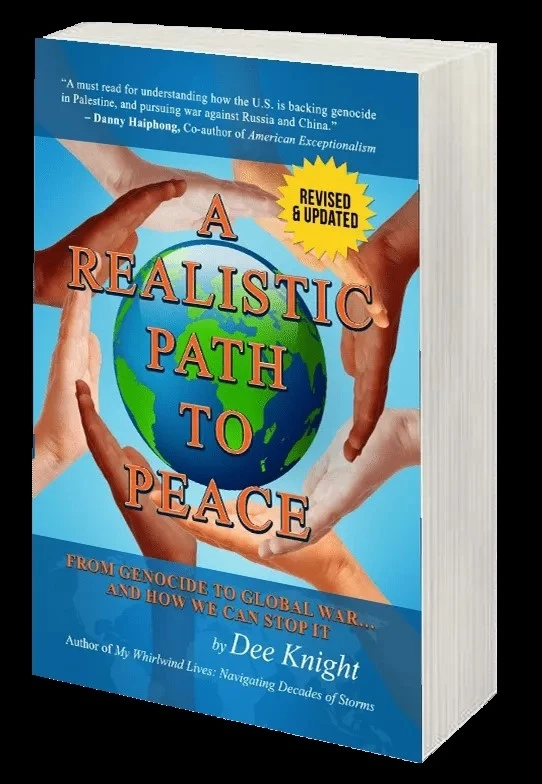"A Realistic Path to Peace" examines the conflicts in Israel, Ukraine, Russia, West Asia, and East Asia. The book separates facts from propaganda, showing how people are often misled into supporting wars. It highlights the efforts of individuals and nations striving for peace.
Current Global Crisis
The world is currently in a significant crisis. As the United States\' power wanes, its leaders are making critical mistakes. Influential individuals in Washington, DC, are desperate to keep the US as the dominant global power. They fear that any challenge to their dominance could collapse their system, driving them to maintain their position at all costs.
To stay in control, the US government supports Israel with weapons, money, and questionable justifications for its actions against Palestinians. They even went as far as destroying the Nord Stream pipeline, demonstrating their willingness to take extreme measures. "A Realistic Path to Peace" addresses these issues and promotes fair solutions.
NATO and Global Control
Western European leaders are pressured into forming a unified NATO alliance against Russia and in support of Israel. Initially a North Atlantic group led by the US after World War II, NATO is now expanding into Asia. This expansion aims to curb China\'s economic growth and maintain Western control over global trade, which is threatened by China\'s success.
Understanding Global Conflicts
"A Realistic Path to Peace" sheds light on the major conflicts in regions like Israel, Ukraine, Russia, West Asia, and East Asia. It helps distinguish true facts from propaganda that misleads people into supporting wars. The book discusses the tireless efforts of many individuals and countries working towards peace. Currently, the world faces significant troubles.
The United States is losing its influence, and its leaders are making serious mistakes. Some powerful figures in Washington, DC, fear losing their top global position. They believe any challenge to their dominance could cause everything to fall apart. This fear drives them to take extreme measures to stay on top, such as providing Israel with weapons and money and even destroying infrastructures like the Nord Stream pipeline.
NATO and the Peace Movement
The book also covers NATO, a group of countries initially led by the US after World War II. Now, NATO is trying to halt China\'s growth by expanding into Asia to maintain control over global trade. At the same time, a new peace movement is growing, despite facing many challenges.
Washington and the media often stir war hysteria, but as more truths come to light, the peace movement is gaining strength. The book emphasizes the importance of questioning the narratives presented to us, understanding the true reasons behind conflicts, and making informed decisions to support peace. "A Realistic Path to Peace" offers guidance on how to do this, encouraging us to strive for a peaceful world.
Growing Peace Movement
Despite significant challenges, a new peace movement is growing. It faces war hysteria from Washington and biased mainstream media. However, as more facts emerge, the peace movement is likely to become stronger. The negative effects of sanctions and war, along with the truth coming to light, inspire more people to join the fight for peace.
"A Realistic Path to Peace" reveals how powerful groups use propaganda to make people support wars. These stories often mislead people. The book emphasizes the need to question what we hear. By uncovering the truth and understanding why conflicts happen, we can make better choices and work towards peace.
Mistakes and Media Influence
The author argues that US leaders are making disastrous mistakes in their efforts to maintain global domination. These mistakes have far-reaching effects, causing harm abroad. This cost is not only in terms of money which is given by the fact that wars are expensive, but also by the untold suffering caused by war. The book urges readers to consider the real impact of these policies and demand change.
A key point is the media\'s role in shaping public opinion. The author claims mainstream media often fails to provide unbiased coverage, highlighting the gap between the stated purpose and actual outcomes. This lack of objective journalism makes it difficult for people to understand the true nature of conflicts, hindering their ability to see the potential for peace.
Conclusion
"A Realistic Path to Peace" provides a comprehensive examination of global conflicts and the efforts to achieve peace. It highlights the importance of addressing root causes and promoting fair solutions. By understanding the true nature of conflicts, questioning propaganda, and supporting the peace movement, we can work towards a more peaceful world.



